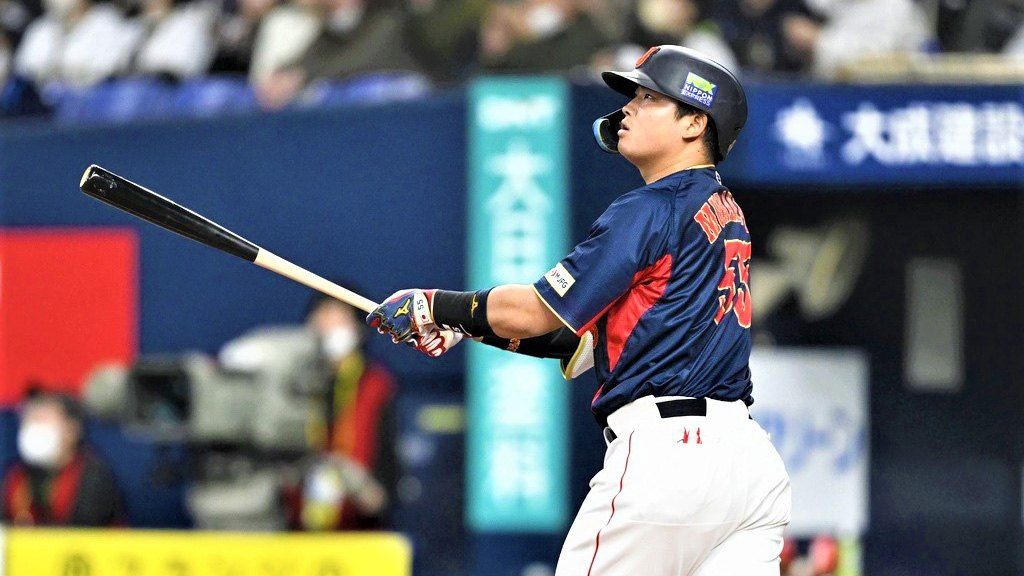
Japan’s Innovations in the Sporting World
The Core Energy Belt: An Unlikely Story Behind a Revolutionary New Baseball Item
Technology Sports- English
- 日本語
- 简体字
- 繁體字
- Français
- Español
- العربية
- Русский
Enhancing Performance
Despite the ongoing technological advancement seen in baseball bats, gloves, shoes, and other baseball equipment, until recently the belts worn by baseballers had not undergone any improvement. Taking the attitude that any belt was fine as long as it didn’t break, players did not seek performance enhancements. Recently, however, a revolutionary new piece of gear called the Core Energy belt is taking Japan’s baseball scene by storm.
In a market where most belts cost around ¥3,000, the Core Energy’s ¥11,000 price tag places it at the top of the market. The belt’s popularity despite its high price is thanks to support features not offered by traditional belts.
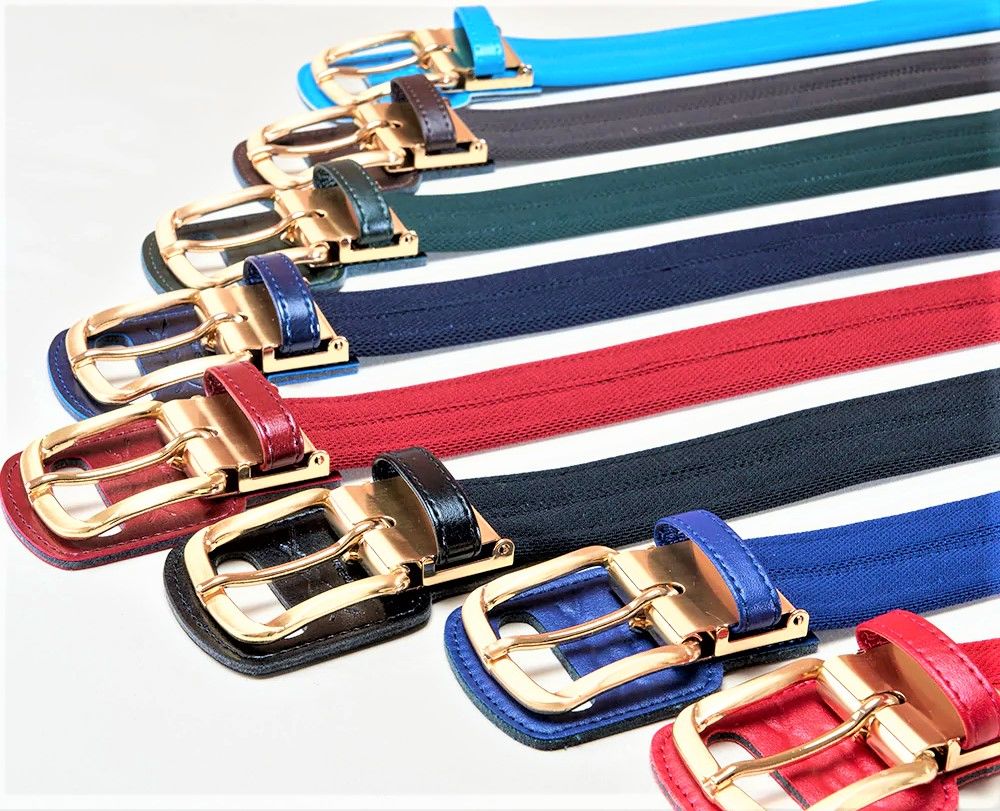
The Core Energy belt is available in nine different colors. There are versions for umpires and junior players as well. (© Core Technology)
One professional baseballer had a major part in the invention of the belt: Kawakami Kenshin, who was a star pitcher for the Chūnichi Dragons in the 1990s and 2000s. Kawakami played for the Atlanta Braves in 2009 and 2010, but was plagued by back pain even before his move to the Major Leagues. In baseball, the frequency of batting, pitching, throwing, and other twisting movements confronts many players with this challenge.
One day, Kawakami’s trainer made an offhand comment to an acquaintance: “It’d be great if they had a belt like an orthopedic corset, so you could pitch without pain.”
In that moment, an idea was born that would change the way baseballers thought about their belts forever. Most people would have just nodded at the trainer’s comment and moved on. But this comment was not forgotten, because the acquaintance in question was Yokoi Takanao, CEO of Shirohato.
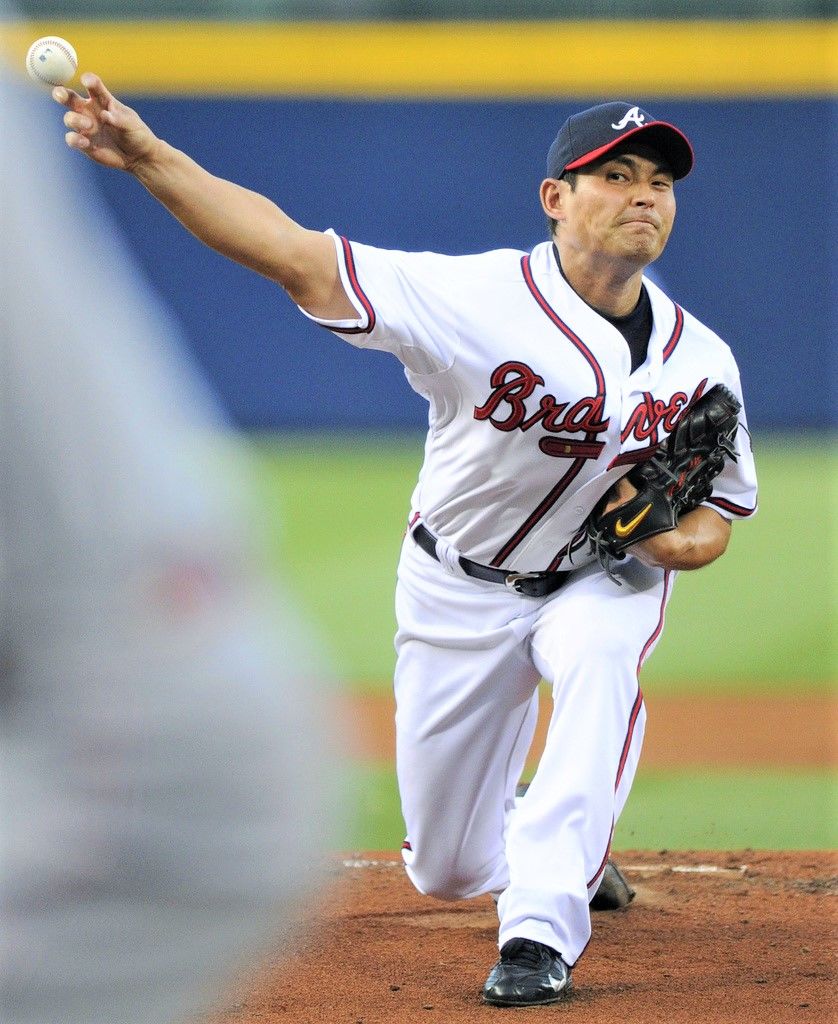
Kawakami Kenshin when he played for the Atlanta Braves. Kawakami won eight games during his two-year MLB stint. (© Kyōdō)
Japan’s oldest face-mask manufacturer, Nagoya-based Shirohato is known for being a pioneer. When Shirohato was established, face masks were already in common use in medical and industrial fields, but the firm made improvements to these designs to produce Japan’s first mask aimed at the general public. In 2006, Shirohato challenged the idea that masks have to be flat by patenting a three-dimensional design using wires to ensure a tight fit, thereby blocking out pollen and viruses more effectively.
At the time, Shirohato was completely focused on mask production. The company had never produced baseball equipment. But Yokoi, who was appointed the company’s third CEO in 2015, was intrigued by what Kawakami’s trainer had said. Yokoi had in fact wanted to create a unique nonmask product for some time. He was also passionate about baseball, as evidenced by his establishment of the Shirohato Felix women’s baseball team in 2019.
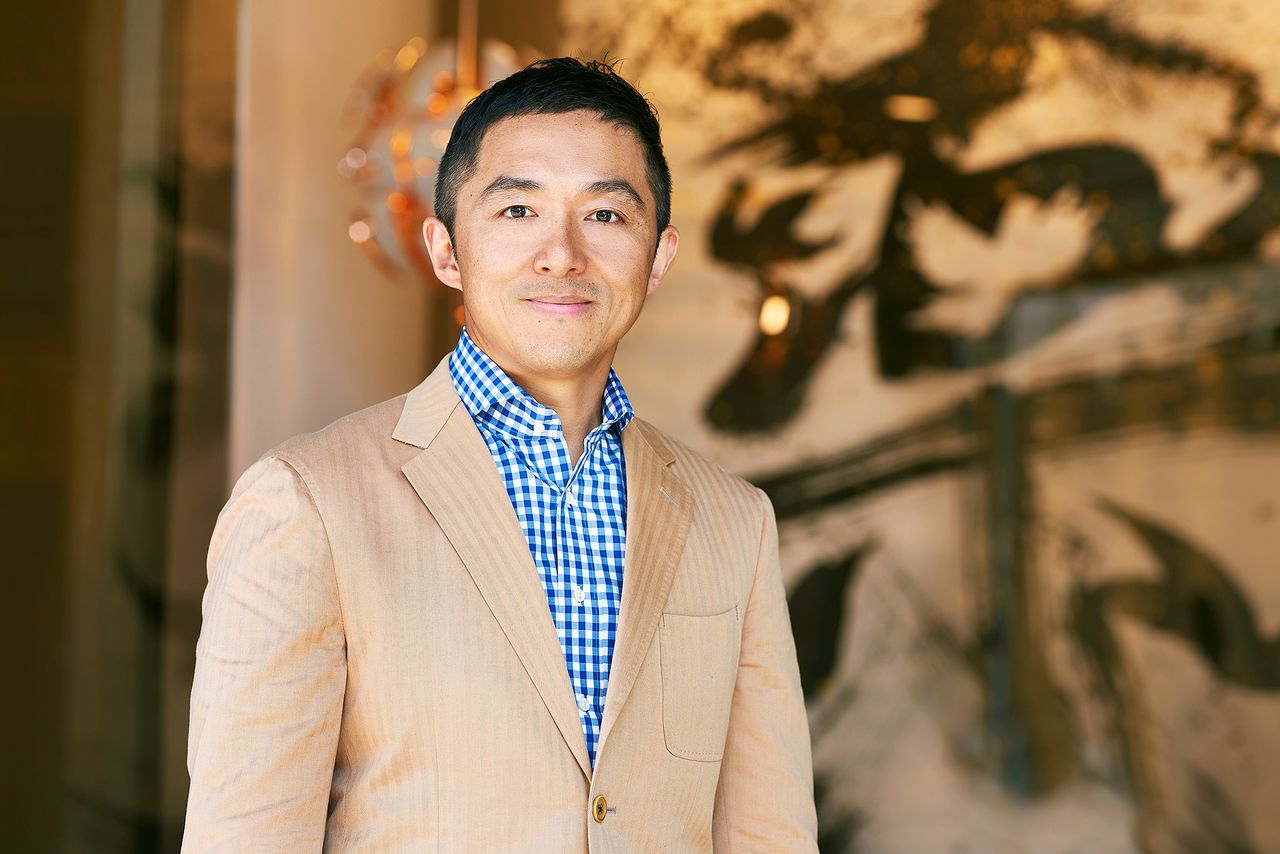
In addition to overseeing his company’s face-mask manufacturing business, CEO Yokoi Takanao also invented the Core Energy belt. (© Core Technology)
Textile Expertise Contributed to Revolutionary Design
And thus began the process of developing a belt for baseballers that could replace orthopedic corsets. Effectively Yokoi’s baby, the project took longer than expected.
The main cause of back pain is reduced abdominal pressure, which can be addressed with support from orthopedic corsets. In other words, to prevent back pain, the new belt would need to be able to increase abdominal muscular pressure. That meant that rather than the traditional leather or enamel construction, the belt needed to be made of stretchy material. It also needed to be strong enough to withstand the bursts of power generated by baseball players when they threw and swung.
“Before joining Shirohato, I gained experience during a five-year stint at a textile company. I would look at fabric samples and work out what kind of thread and processing would be required to produce a similar fabric. That experience came in handy when developing the Core Technology belt,” explains Yokoi.
After repeated testing, Yokoi finally came up with a fabric that was just right: “Power Mesh,” a fabric that is stretchier than rubber and is also able to exert just the right amount of pressure on the body. By employing a six-ply construction, Yokoi was also able to make the belt strong enough to withstand bursts of power.
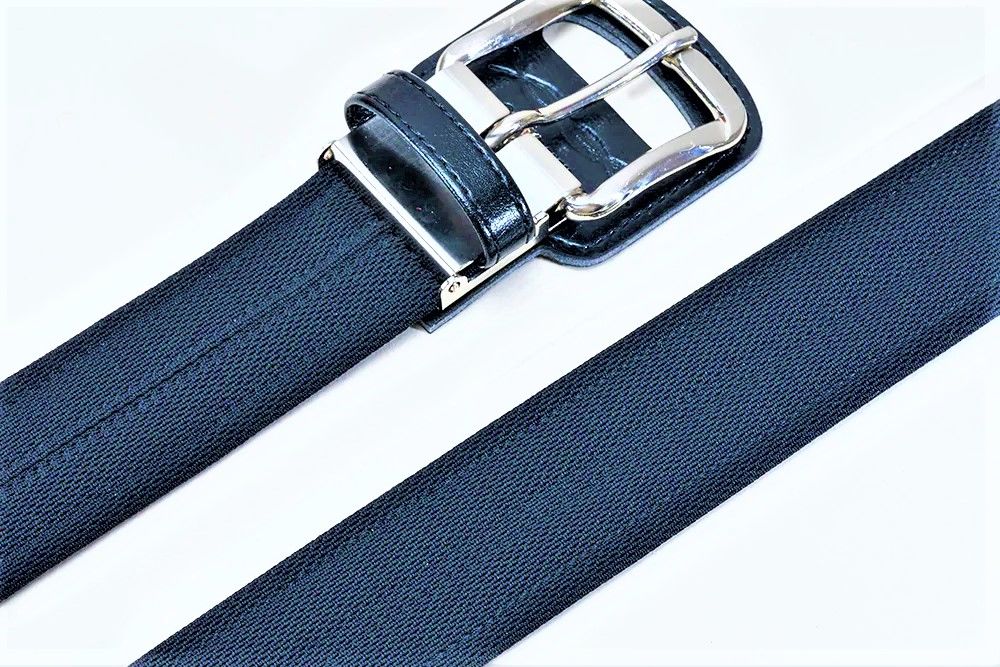
At the heart of the Core Energy belt is stretchy fabric that supports the core muscles. (© Core Technology)
The company patented its invention as a supporter belt in 2013. In 2015, Yokoi and the trainer established a dedicated manufacturing company, Core Technology KK. Core Energy belts are manufactured by Shirohato and marketed by the newer firm.
Lone Salesman
However, the Core Energy belt was a brand-new concept, and completely unknown. The company needed to somehow make baseball players familiar with the belt and convince them to start using it.
As of February 2023, the Core Technology business has only five employees, including one salesperson who visits schools and other organizations with baseball teams. Early on, whenever the salesperson visited a high school known for baseball, the reaction would be “Core Energy? Never heard of it.” He wouldn’t even get a chance to explain the benefits of the product. Core Technology wondered how they could drum up interest in their product.
“We were basically door-knocking,” recalls Kawamura Takashi, who joined Core Technology in 2019 and is now deputy CEO.
“I initially approached a former teacher who coached baseball at my high school. I made frequent visits to the school and helped the teacher maintain the grounds, as well as picking up balls and otherwise helping out. Every now and then, he’d happen to say something like, ‘Such and such a coach was in the year below me in my university days. I’ll put you in touch with him.’ In the hierarchical world of baseball, you need to get people to remember you first. The rest is largely reliant on introductions,” says Kawamura.
At the company, these sales activities are handled by a single member of staff, Yokoi Yūta. Yokoi played baseball for the Kōchi-based Meitoku Gijuku Senior High School team, one of Japan’s best, and after high school played in the Kansai Independent Baseball League.
The professional players who signed advisory agreements with Core Technology when it was first established include Itō Hikaru (who now plays for the Yokohama DeNA BayStars), Tajima Shinji (Chūnichi Dragons), and Kakunaka Katsuya (Chiba Lotte Marines). These were all chance connections too: Itō went to Meitoku Gijuku Senior High School, Tajima was a friend of Yokoi’s wife, and Kakunaka was a few years below Yokoi in the Independent Baseball League.
While Yokoi could only approach so many teams himself, the number of Core Energy users has taken off thanks to word of mouth.
Prized by Professionals
Sportspeople began to stress the importance of protecting the muscles of the torso, or core, around 10 years ago. By directly applying pressure to the core, a part of the body that is difficult to strengthen, the Core Energy belt is able to bring out players’ full potential.
When the core region moves properly, the upper and lower body shift with it, enabling greater limb movement. This not only relieves back pain, but also prevents injuries and boosts performance.
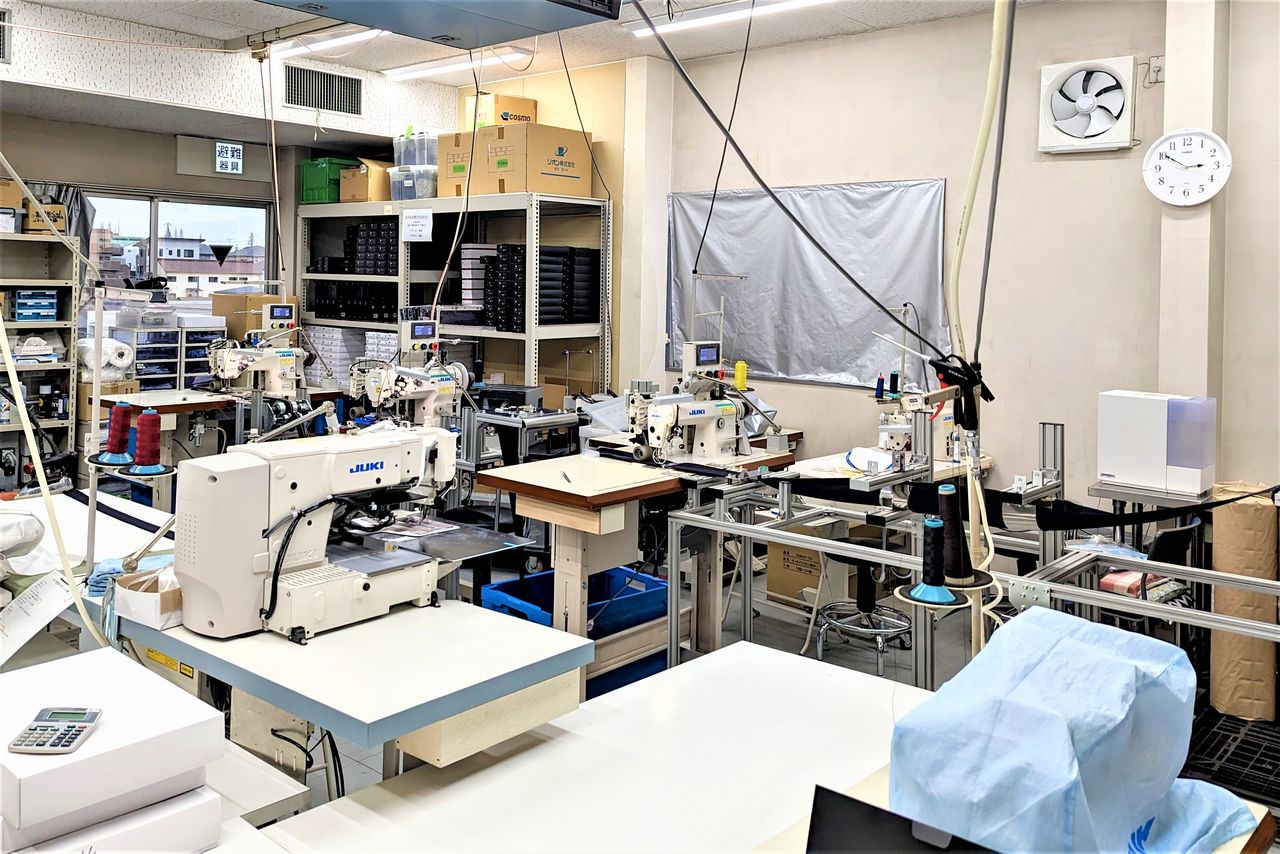
The lessons gained by Shirohato through mask manufacture are evident in every aspect of the Core Energy belt’s production. (© Kumazaki Takashi)
The Core Energy belt is now Japan’s most popular baseball belt, worn by over 400 professional players. At the 2020 Tokyo Olympics, 20 of gold-medal-winning Samurai Japan’s 24 players wore the Core Energy belt. One of those was Murakami Munetaka (Tokyo Yakult Swallows), who became Japan’s youngest-ever triple-crown winner last season. Marketing head Yokoi explains Core Energy’s relationship with Murakami, who signed an advisory agreement with the company this season: “Murakami began wearing the Core Energy belt in his first year of professional competition. He said that at the time he had growth-related back discomfort, and that he began using the belt partly to reduce that.”
Extremely picky about the equipment he uses, Murakami always carries two Core Energy belts with him, using one for training and the other for games.
Asked about how the belt has managed to transcend the boundary between professional and amateur sport, Deputy CEO Kawamura says, “The fact that belts are something of a niche item actually worked in our favor, because there’s nothing in the baseball rules about what belts can be made of. While the teams in the Nippon Professional Baseball league have contracts with official equipment suppliers, the fact that belts are relatively inconspicuous gave us an opportunity to enter the market.”
Shirohato had previously responded to consumer demand by applying out-of-the-box thinking to the humble face mask—a product that seemed impossible to make any better. That spirit of innovation lives on in the Core Energy belt.
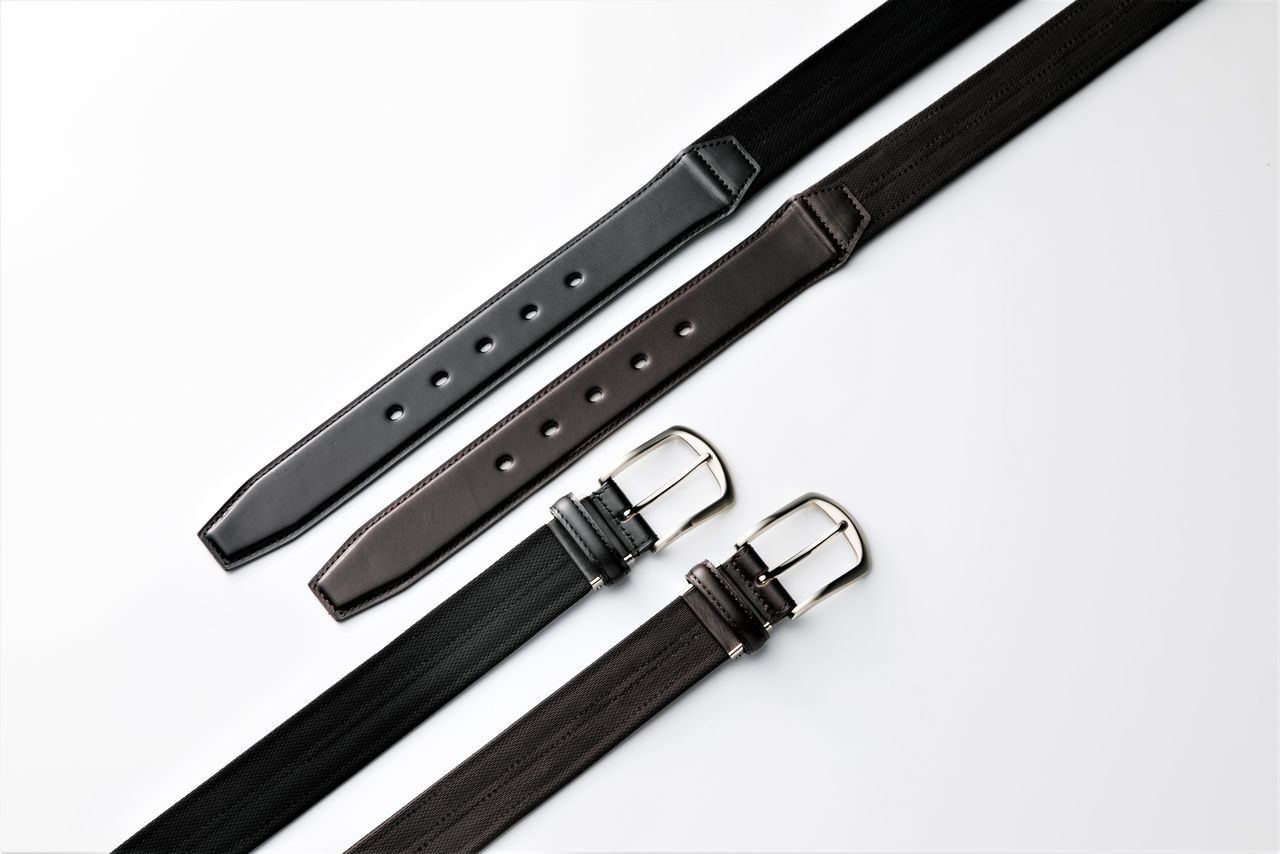
Also manufacturing belts for golfing and business use, Core Technology supports all manner of backs. (© Core Technology)
Already boasting the largest share of the Japanese market, Core Technology now has its sights set on the United States. While the belt is worn by some American Major Leaguers, it is still relatively unknown there. That represents a significant opportunity.
Yokoi discusses his thoughts on entering the US market: “The relocation of factories to China and Southeast Asia has caused Japan’s textile output to fall, but the industry still possesses world-class technology. We want to take that technology to the American market. The weakening of the Japanese economy may have made people more defensive, but that is precisely why we want to try our luck in the big leagues, so to speak.”
The idea for a belt that offers orthopedic support was a unique one born out of a problem experienced by baseball players. The Core Energy belt is already a must-have for Japanese baseballers, and before long US Major League players could also be hooked on it too.
(Banner photograph: Samurai Japan star Murakami Munetaka has worn the Core Energy belt since his first year of professional competition. © Kyōdō.)